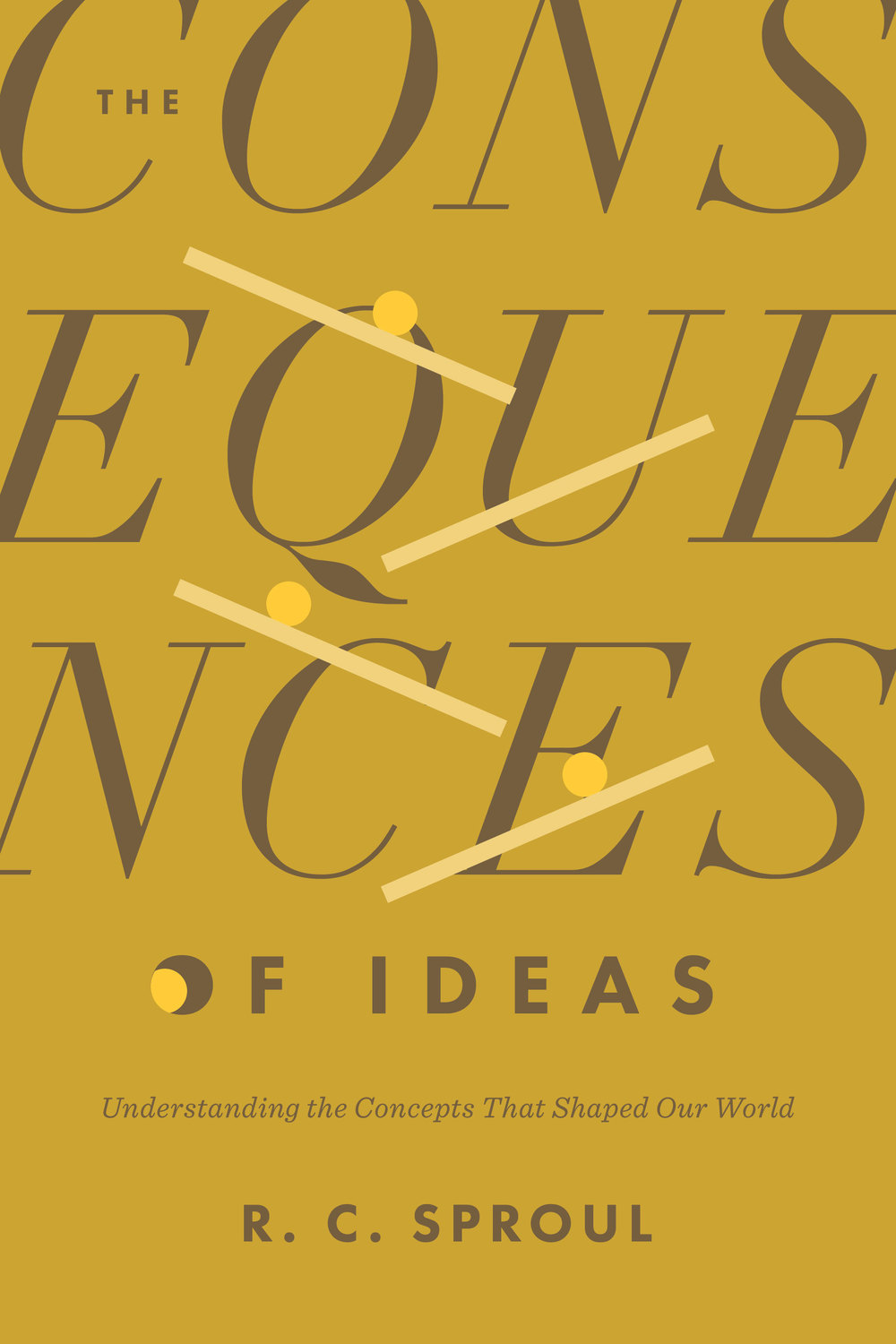A Brief Book Summary from Books At a Glance
by Steve West
Table of Contents
Introduction: Why Philosophy?
1 The First Philosophers
2 Plato: Realist and Idealist
3 Aristotle: The Philosopher
4 Augustine: Doctor of Grace
5 Thomas Aquinas: Angelic Doctor
6 Rene Descartes: Father of Modern Rationalism
7 John Locke: Father of Modern Empiricism
8 Dave Hume: Skeptic
9 Immanuel Kant: Revolutionary Philosopher
10 Karl Marx: Utopia
11 Soren Kierkegaard: Danish Gadfly
12 Friedrich Nietzsche: Atheistic Existentialist
13 Jean-Paul Sartre: Litterateur and Philosopher
14 Darwin and Freud: Influential Thinkers
Conclusion: Gilson’s Choice
Summary
Chapter 1: The First Philosophers
The first philosophers did not operate with a dichotomy between science and philosophy—for them, knowledge of the physical world and the love of wisdom went together. As a result, they wanted to know about the nature of things and how the world worked. To understand the physical world, they tried to find the one thing or principle (i.e., the arche) that was above everything else and made things coherent. They tried to account for the universe (i.e., a unity of diversity), and wrestled with the relationship between the one-and-the-many. Thales was the first philosopher we know of, and he argued that all things were made of water. He knew that water could exist in three states, that all life depends on it, and that water seems to have a property of self-movement in rivers and waves.
The early philosophical views of metaphysics can be summarized in four categories: 1. Corporeal monism; 2. Incorporeal monism; 3. Corporeal pluralism; 4. Incorporeal pluralism. Pythagoras believed that ultimate reality was made of numbers and expressed in mathematics. Heraclitus argued that all things were in constant flux and changing, but there was a unifying, rational principle called the logos that held everything together. Parmenides and Zeno of Elea held that change is an illusion, because “whatever is, is” and being cannot come from non-being. If something has being, it already is; there is no becoming. Anaxagoras made a major contribution to the pre-Socratics by positing the existence of the nous, maintaining that reality was made up of both mind and matter.
Chapter 2: Plato: Realist and Idealist
To understand Plato, we need to understand his chief influence, Socrates. In the time of Socrates, the search for the arche (ultimate reality) had given way to skepticism and pragmatism. Some argued that nothing could be known, while Protagoras famously asserted the relativistic principle that “man is the measure.” Socrates recognized that knowledge and virtue need to go together, and in order to gain knowledge, he engaged in a series of dialogues where he asked questions, hoping to find clarity and understanding. Plato was Socrates’s student, and Plato tried to understand the relationship between change and permanence, or being and becoming. In Plato’s view, the material world was a shadowland of the eternal world of immutable forms or ideas. These ideas were real and concrete, and physical entities participated in their essence. The forms were purer and more important than these material imitations. Plato believed that souls existed in this ideal world of forms before they were trapped in physical bodies, and thus, when they saw an object (like a chair), they recognized it on the basis of their experience of the essence of chairness in the world of forms. Thus, his theory of epistemology tied the forms and recollection together. . . .
[To continue reading this summary, please see below....]The remainder of this article is premium content. Become a member to continue reading.
Already have an account? Sign In
